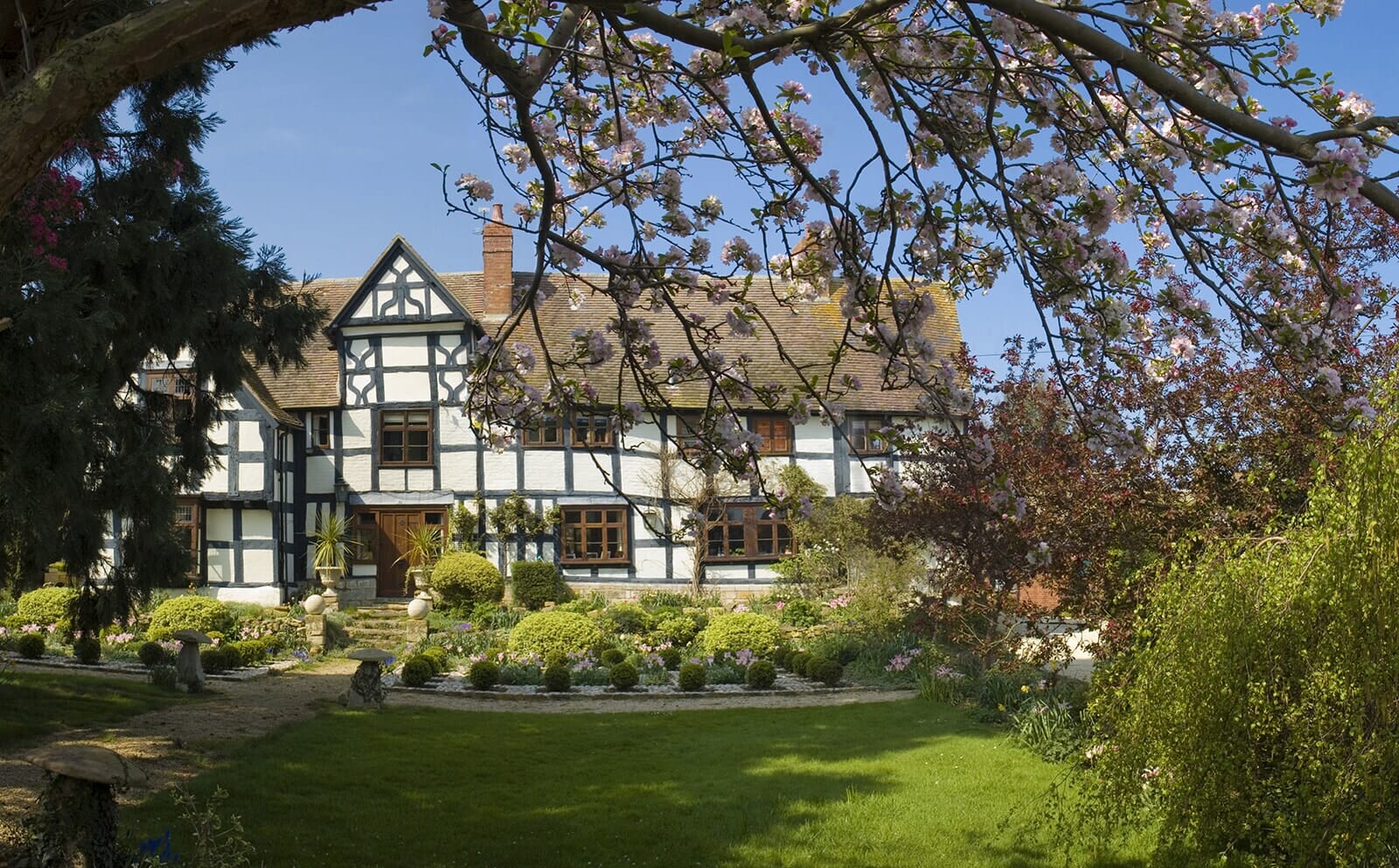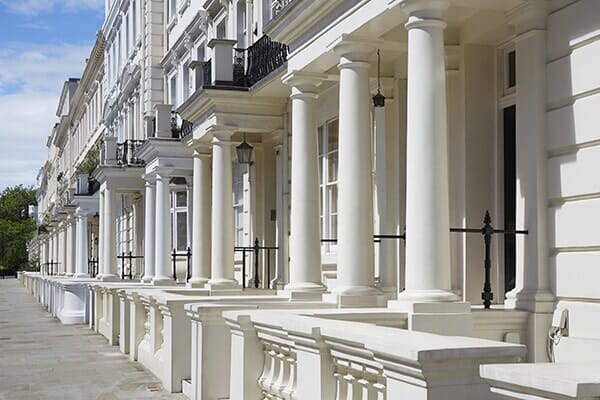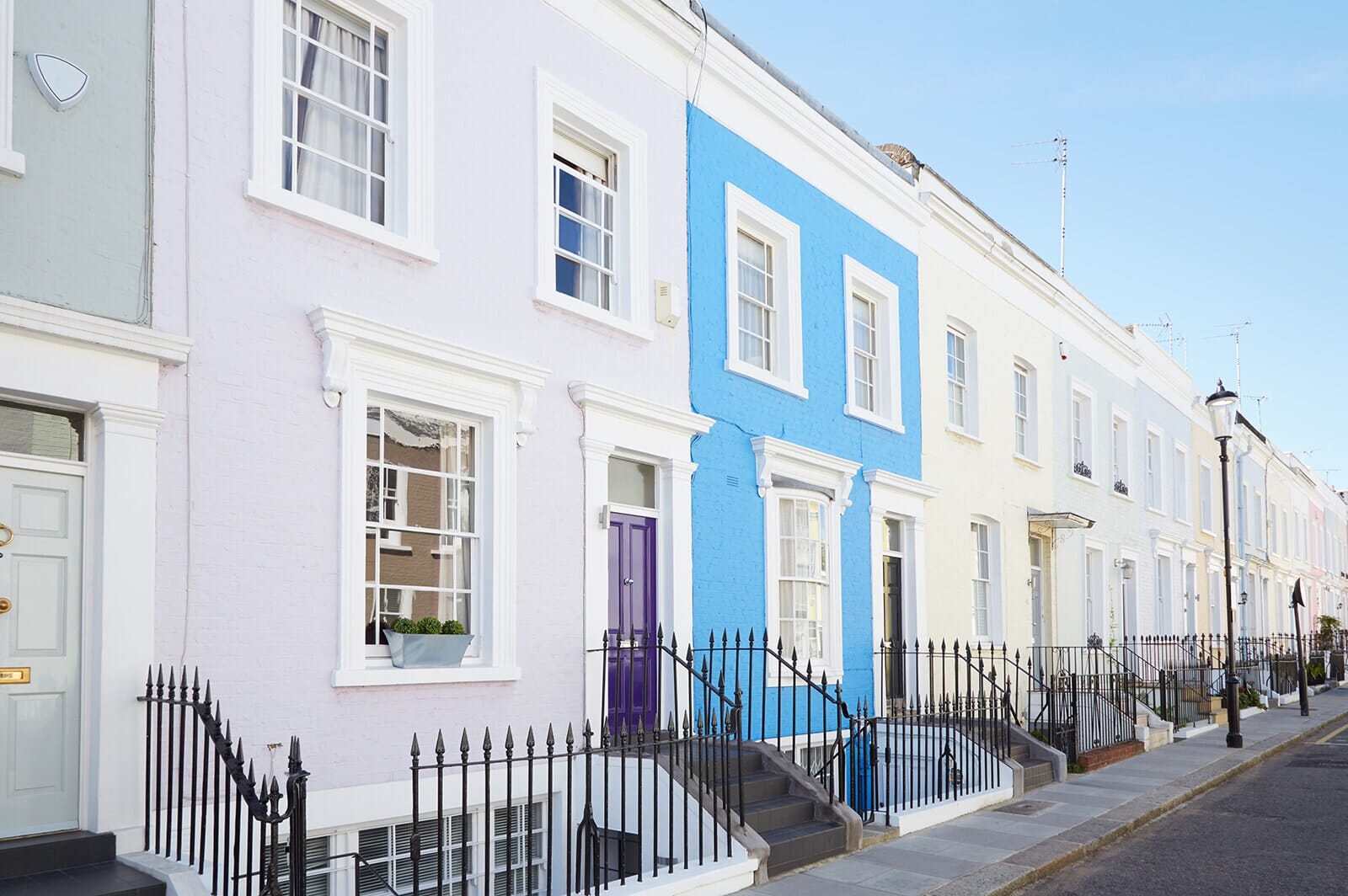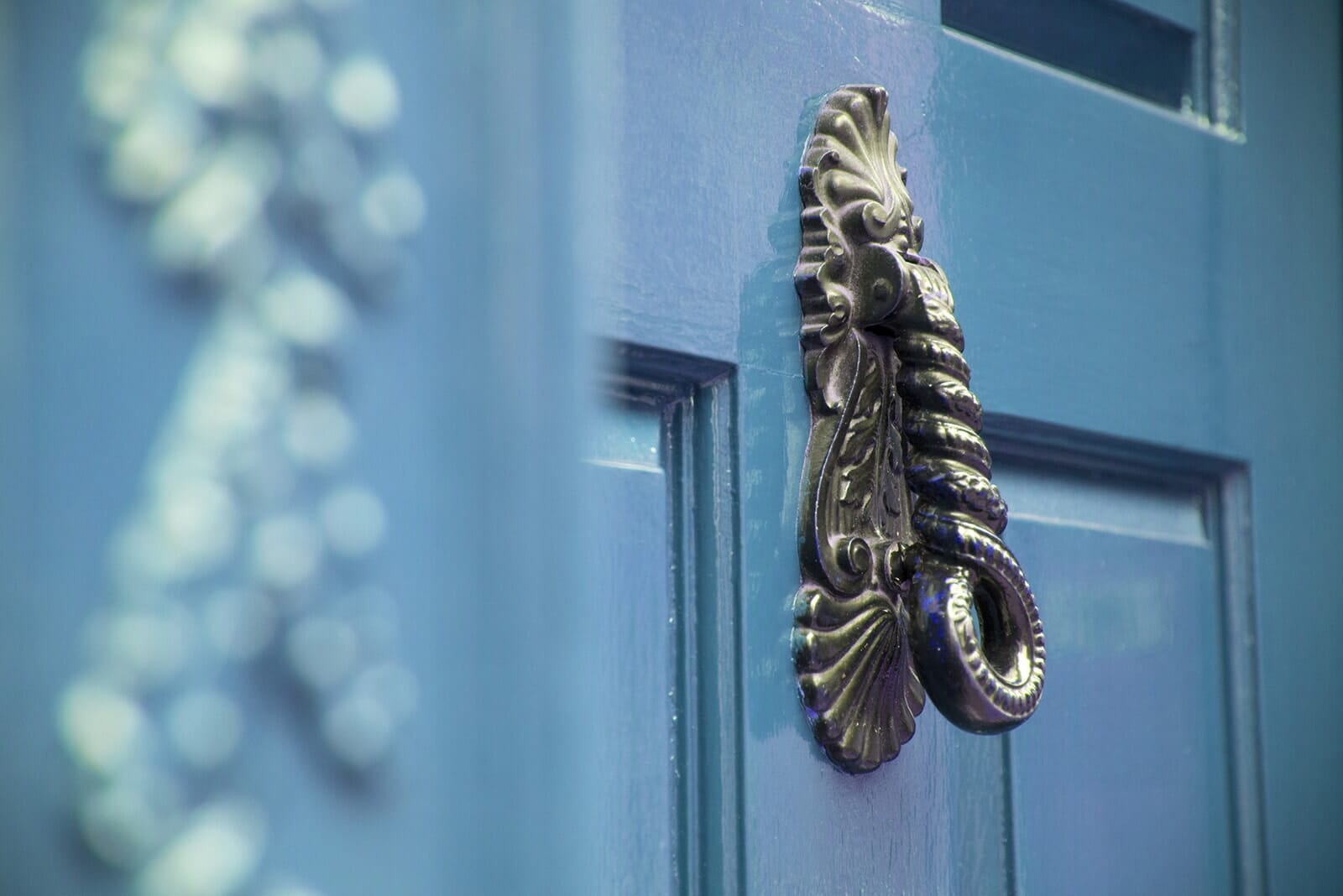
What is a Listed Building?
If you’re lucky enough to own a period property, you will already understand how special it is to be a part of our country’s living history. The sense of place and feeling of continuity that comes from a period home can create a deep emotional connection to a property.
Listing is a way of marking and recognising that special significance. It is a way of protecting and preserving that building’s special historical and architectural interest for generations to come.
As a general rule, the older the building, the more likely it is to be listed. Certainly, buildings built before 1700 and which survive in a good condition will be listed, as are most of those built between 1700 and 1840. This covers Georgian and Regency-style period properties, great examples of which can be found in London, Bath and Cheltenham. Usually a building has to be over 30 years old to be eligible for listing.
Types of Listed Building:
There are three categories of listing: Grade I, Grade II*, and Grade II.
- Grade I refers to buildings of exceptional interest (approximately 2% of all listed buildings), such as Buckingham Palace and the Natural History Museum.
- Grade II* refers to particularly important buildings with more than special interest (approximately 4%). Harrods and the Peter Jones stores in London are Grade II* listed.
- Grade II refers to buildings of special interest, warranting every effort being made to preserve them (94%). Most homes will fall into this category.
How can a building become ‘listed’?
Anyone can nominate a building to be listed and recommendations can be made to The Department of Culture, Media and Sport (DCMS) which makes the final decision using the following criteria:
- architectural interest: buildings of importance because of their design, decoration and craftsmanship
- historic interest: buildings which illustrate an aspect of the nation’s social, economic, cultural or military history
- historic association: buildings that demonstrate close historical association with nationally important people or events
- group value: buildings that form part of an architectural ensemble, such as squares, terraces or model villages
While listed buildings are to be celebrated for their special interest, they are to be used and enjoyed like any other building. They can be altered, extended and modernised to provide comfortable, stylish homes, providing you follow the correct procedures and obtain the correct approvals.
The National Heritage List for England (NHLE) contains details of all listed buildings in England. To find out if a property is listed, search their database at historicengland.org.uk/listing/the-list/.

Author: Peter Little (CEO)
This article was first published on 24th March 2017
(Updated 24th October 2024)
Looking to renovate your listed building?
Get a FREE initial quote
